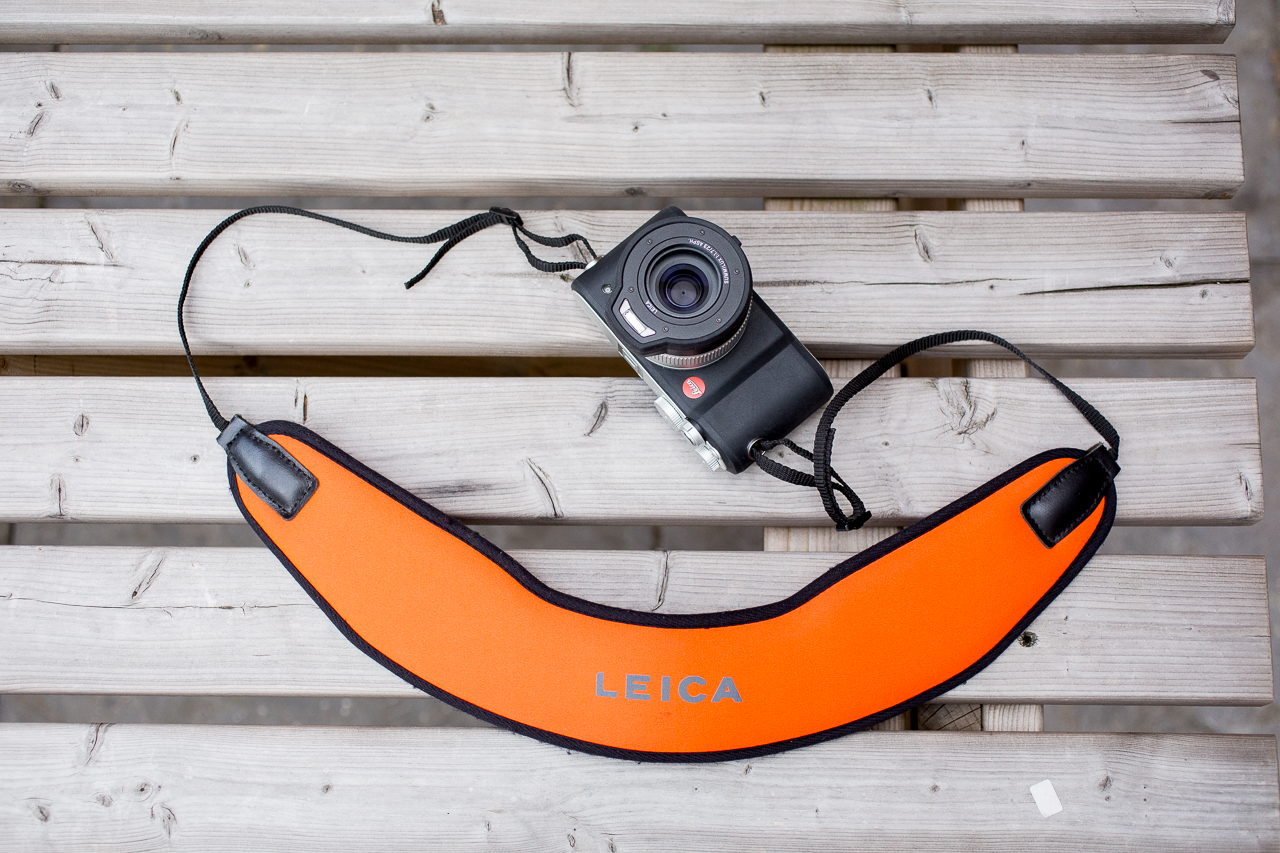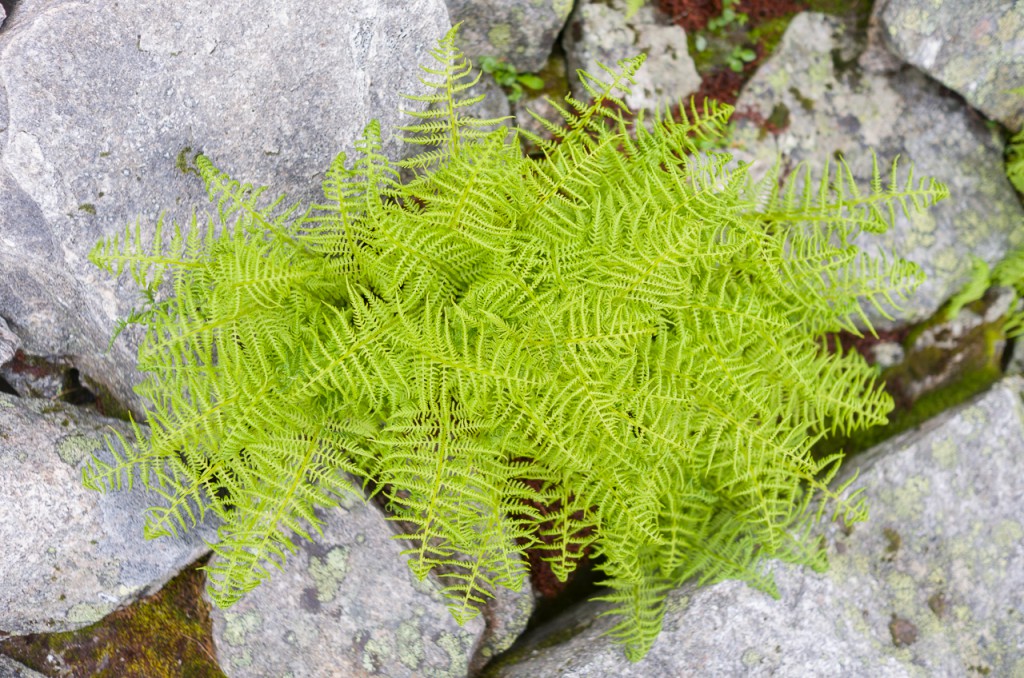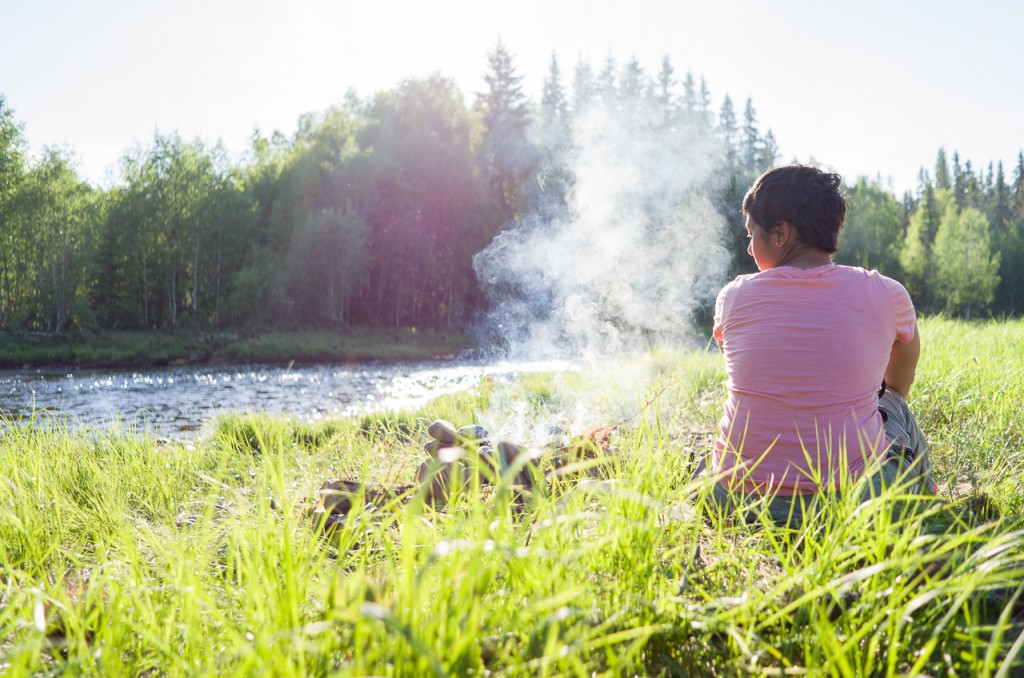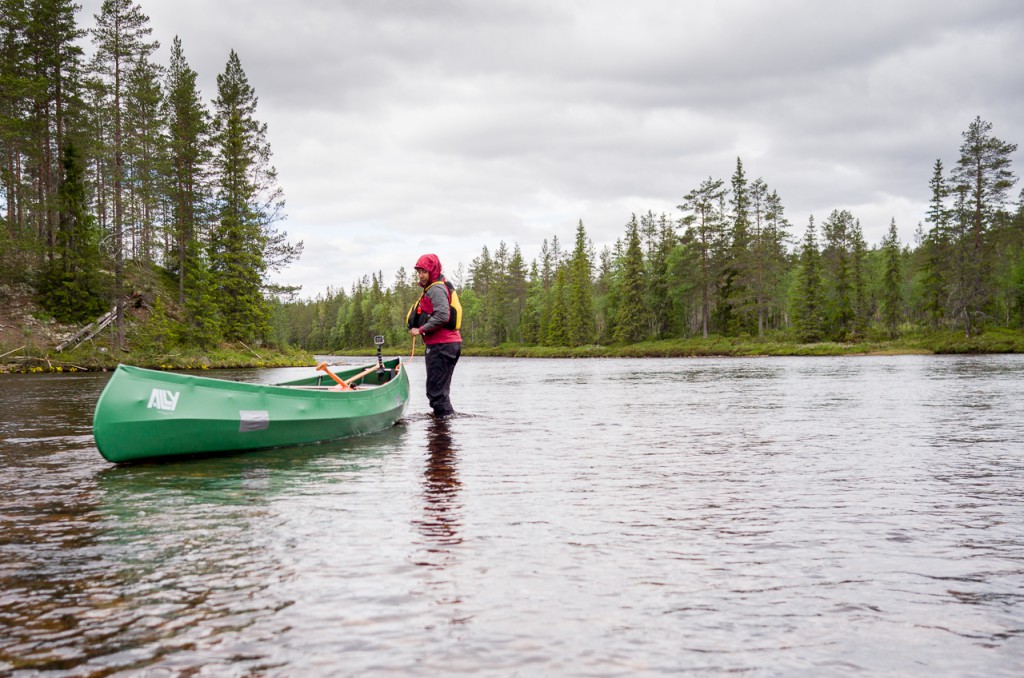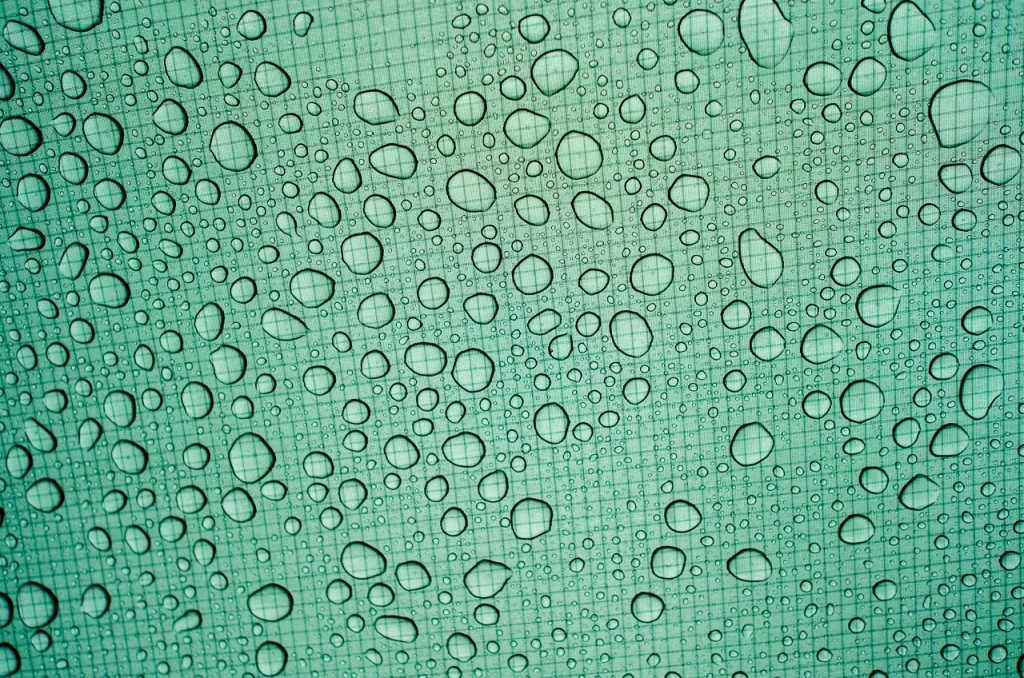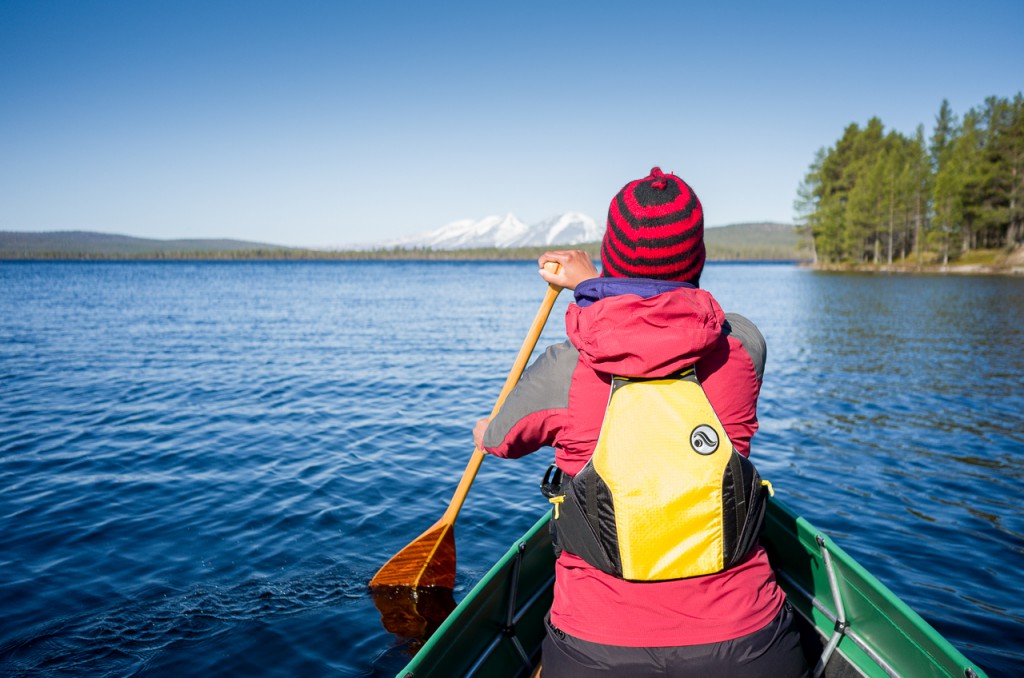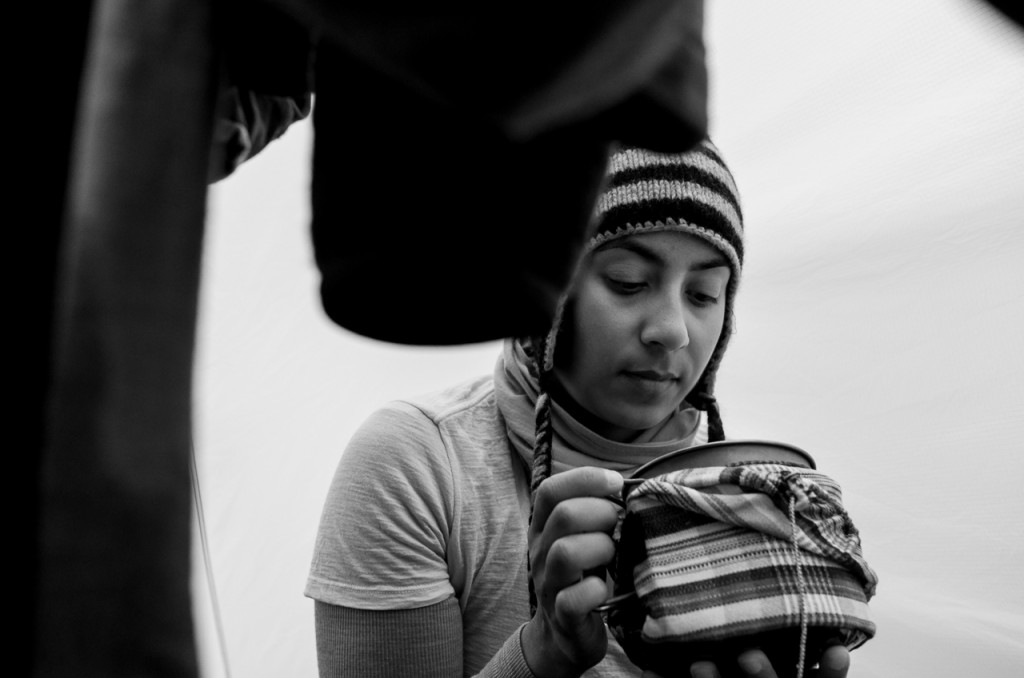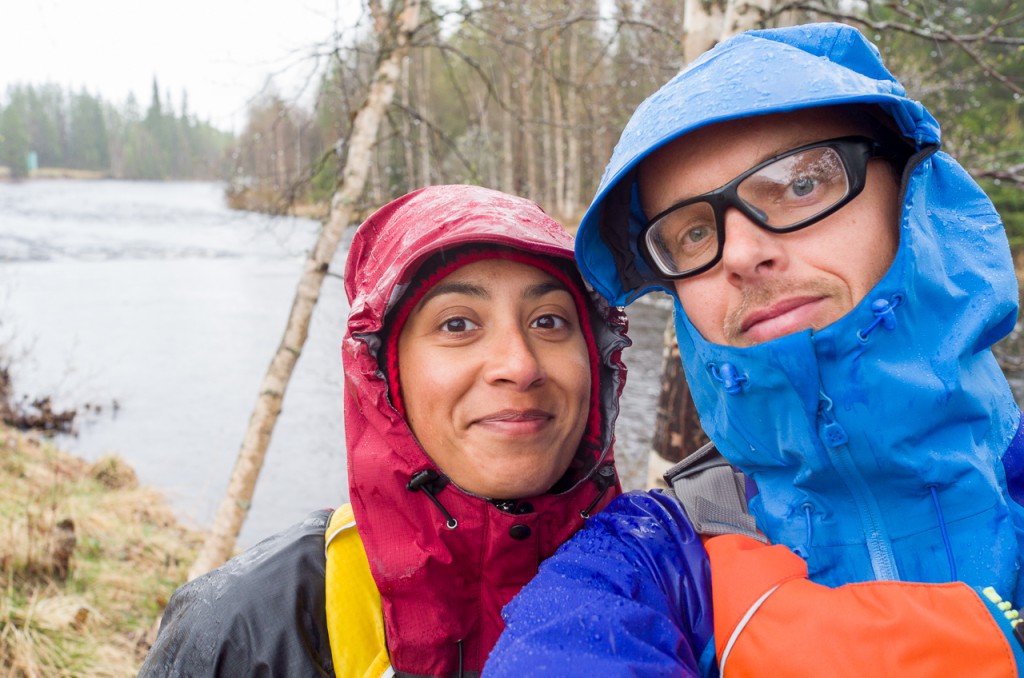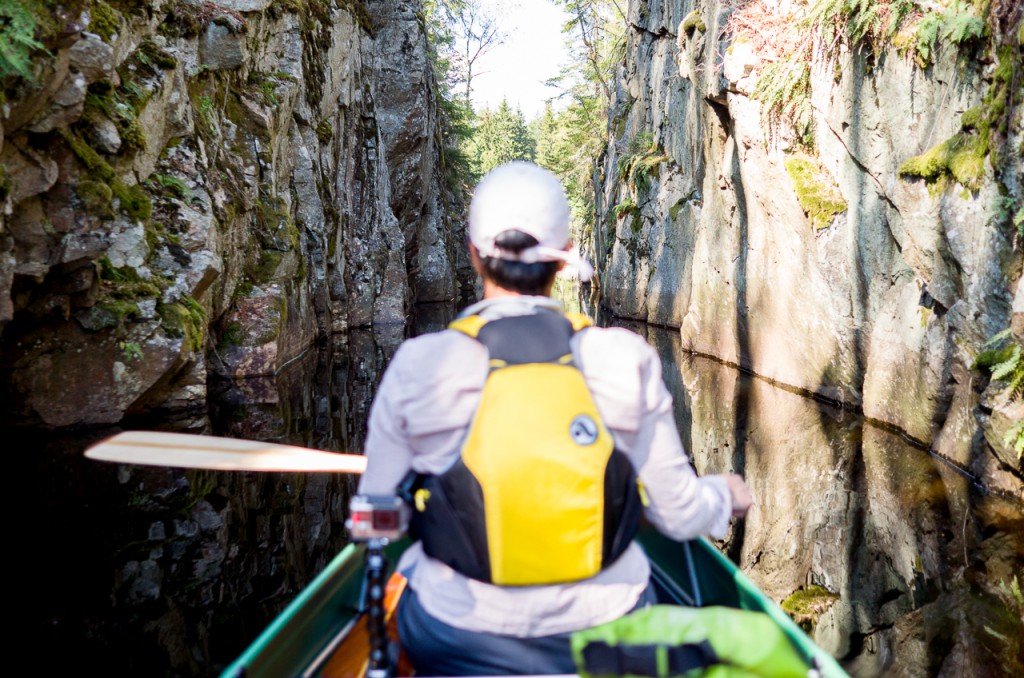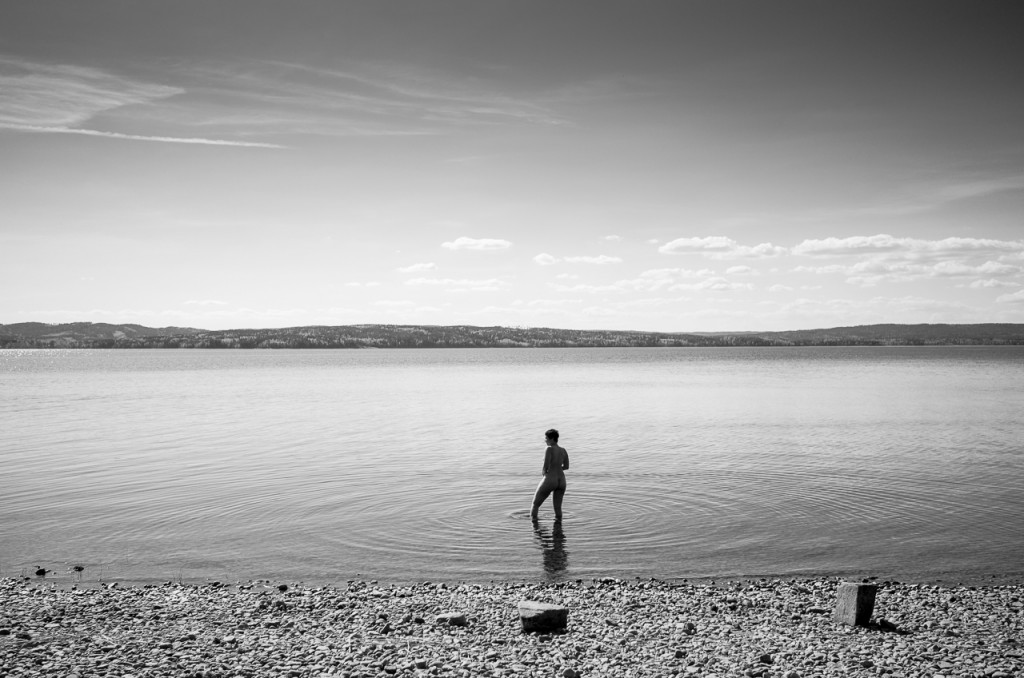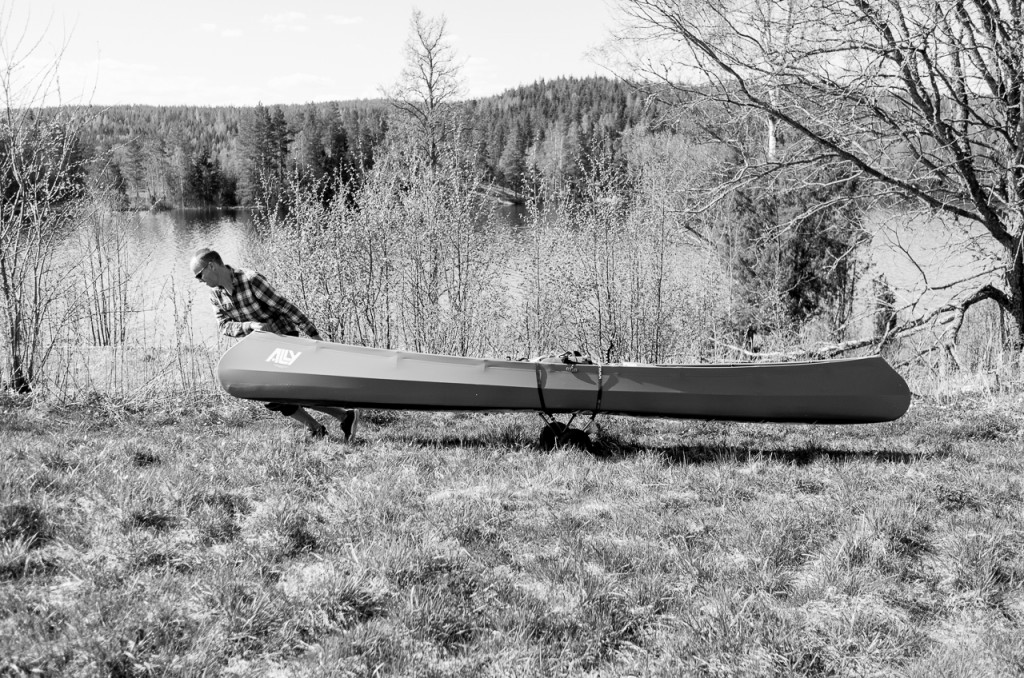We just got back from an epic trip through Norway and Sweden. We spent five months hiking and canoeing in some of the most beautiful areas in Scandinavia. Whereas the Leica M is a light weight and compact camera, it is not waterproof, so we were quite happy when Leica decided to lend us the X-U for the full five months. This is how I think of this remarkable camera.
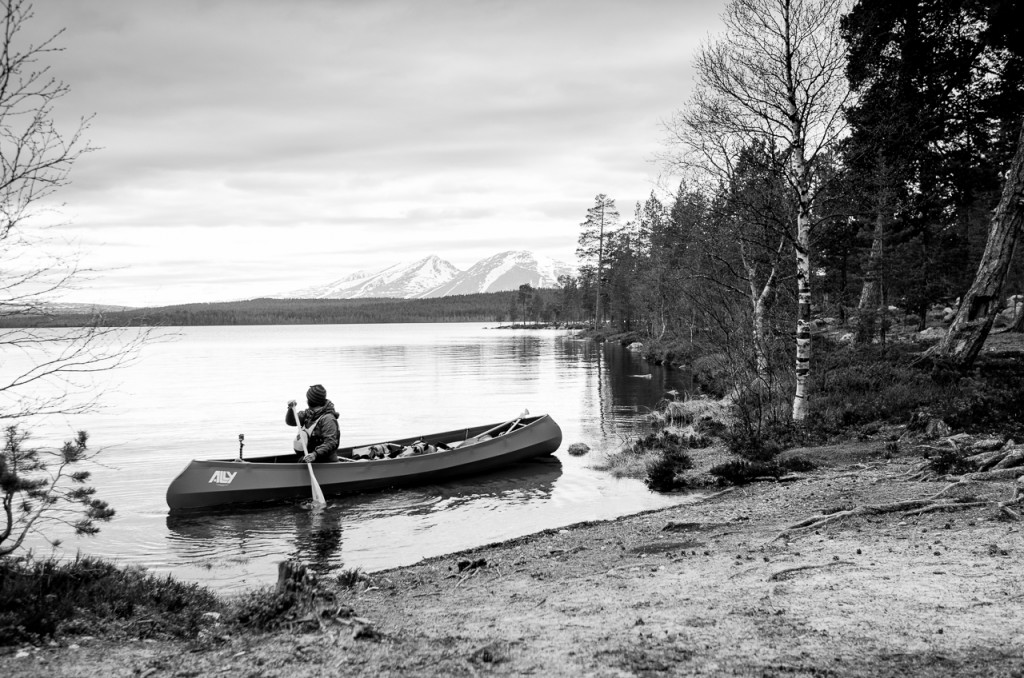
I have been climbing and hiking for many years now and used a number of different cameras for these adventures. I always preferred lightweight, easy to use and sturdy cameras and the Leica M system qualifies for all these aspects. I also know that it takes a lot of discipline to take pictures when you’re in the outdoors. Usually, you’re busy with navigating, staying warm, finding water and what more. When the weather turns foul, or when things are happening you did not anticipate, it takes even more discipline to take out your camera and document what is happening. The unique feature of the Leica X-U is that its design eliminates the first step in picture taking: the ‘taking out’ part.
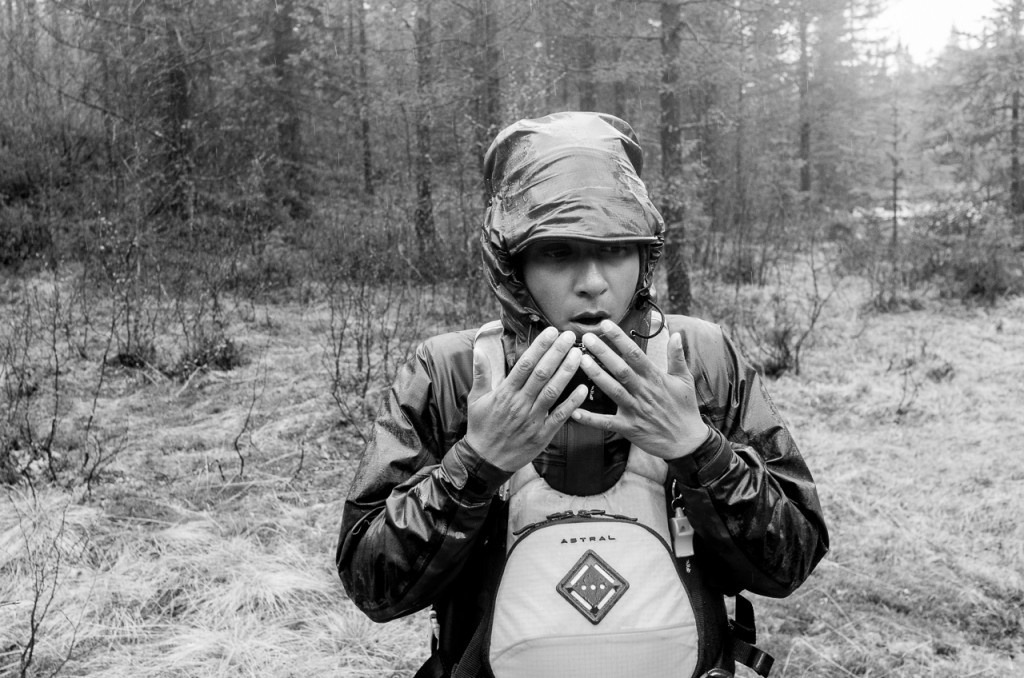
If you’re camera isn’t ‘in’ something, there is no need to take it ‘out’. With its waterproof and shockproof design, I left the X-U usually on the bottom of our canoe, no matter how much water there was in it. All I needed to do was grab the camera and take the shot. And during our hikes, I clicked it on a snapper and attached it to my left shoulder strap. It’s very simple: if you are able to simplify the process of picture taking, you will take more pictures. And that’s what happened.
Most people that are looking for a camera that will take pictures and record video in any circumstance, will be drawn towards the action cameras. And for a reason: our Gopro 4 is super small, can be attached to anything you like and it is affordable. The biggest drawbacks of these cameras are its very limited sensor size and the interface. For video I don’t really mind that the depth of field is the size of a soccer field, but for pictures… no, not really. If you start looking for a waterproof and shock proof camera with a big sensor, the Leica X-U is pretty much all there is.
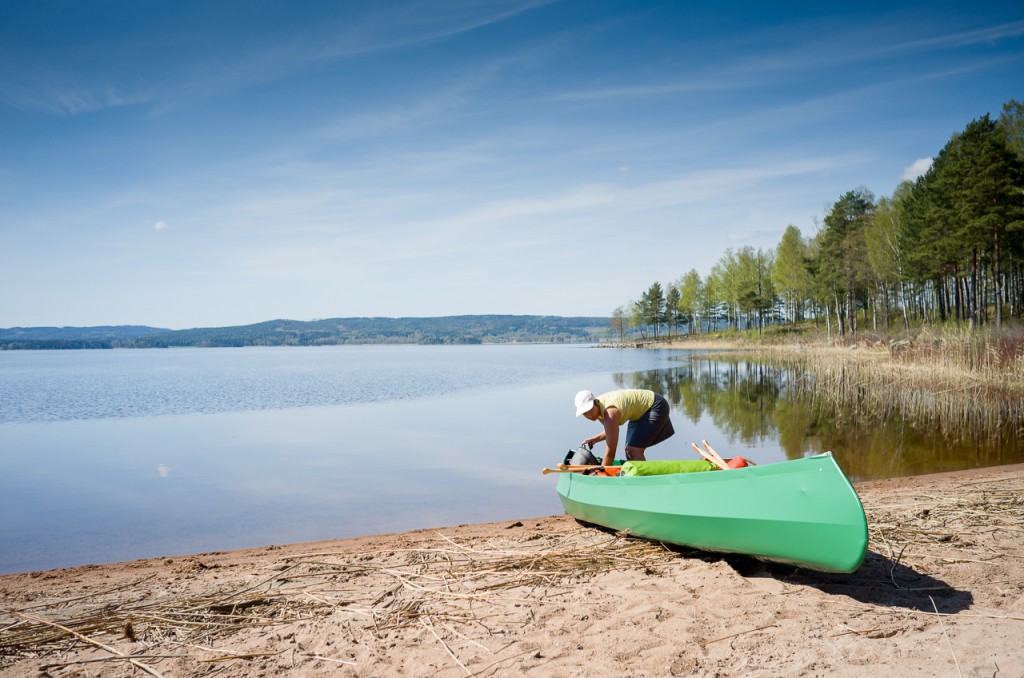

There’s another thing that’s worth mentioning. If you like simple cameras, like the M system, you’ll also like the X-U. Just like the regular X, the X-U is equipped with a dial for aperture and a dial for shutter speed. If you want full automatic exposure you can set both dials to ‘A’. If you want shutter priority or aperture priority, you set just one dial on ‘A’. ISO is changed with a dedicated button. So even with cold hands and while wearing gloves it is a piece of cake to use this camera.
Contrary to the M, the X-U does have autofocus and this works like it should. It is fast and snappy and in most cases, it turned out to be reliable. In some occasions I had some out of focus shots, but that was mostly my own fault. Taking a shot in a hurry with just one hand can be tricky, unless you use your focus point very accurately. There is also a manual focus function and this is nicely incorporated in the lens. You just turn the lens clockwise and that gets you in the manual focus mode. Here you can check your distance settings on the lens scale. It also activates a magnified view on the screen of the camera. Unfortunately, this doesn’t really work for me. The magnified view looks low res and sharpened too much, so it is hard to determine where your focus is. This is something that can be fixed in a newer firmware (I had the very first version).
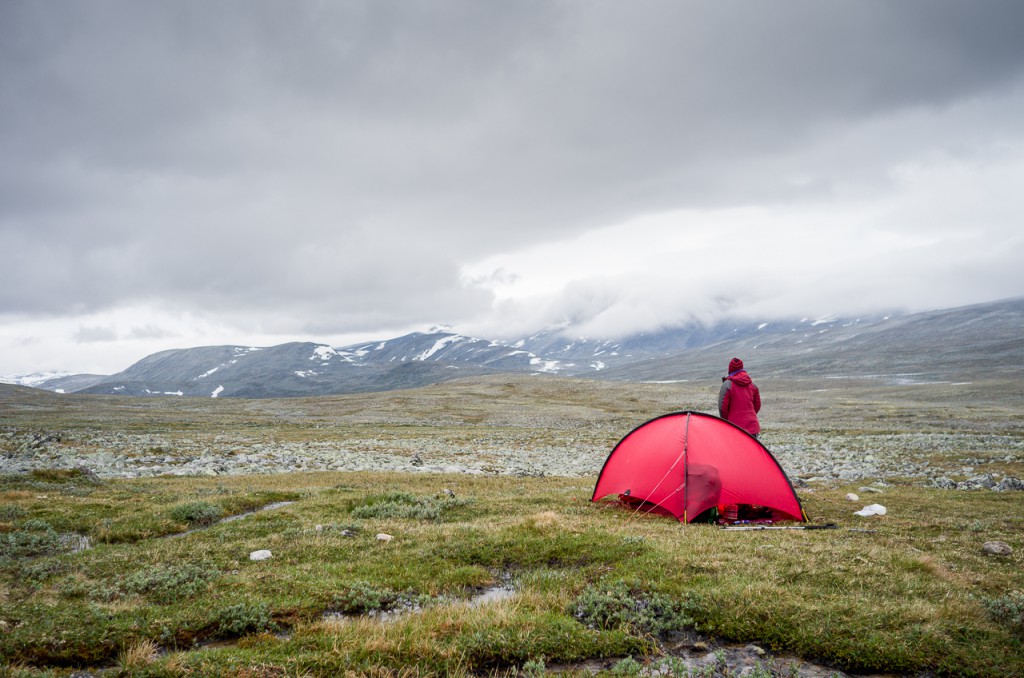
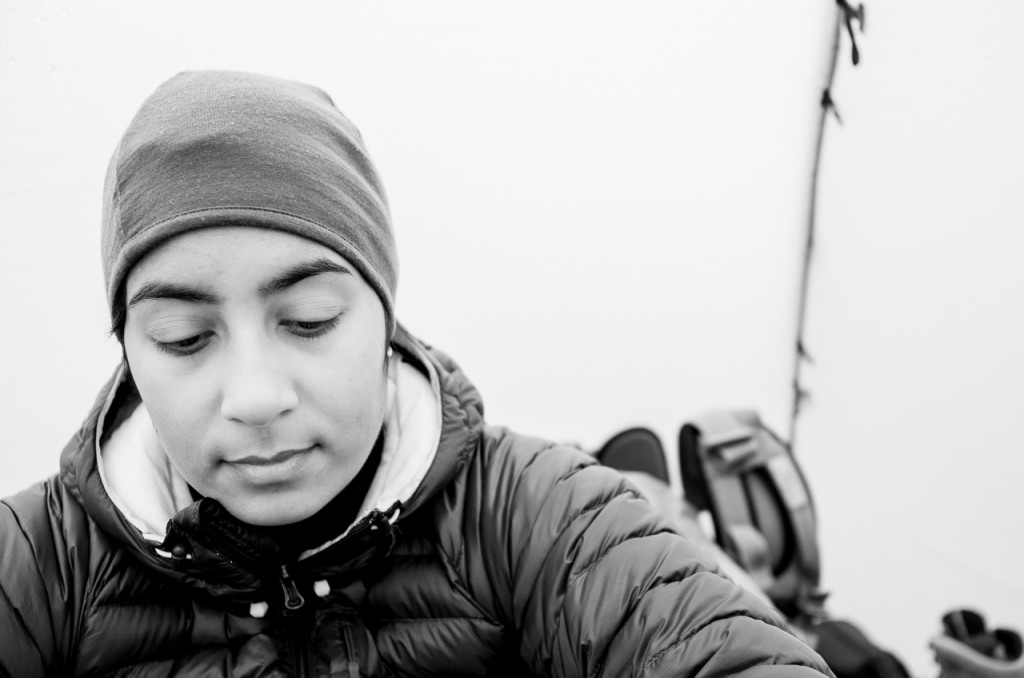
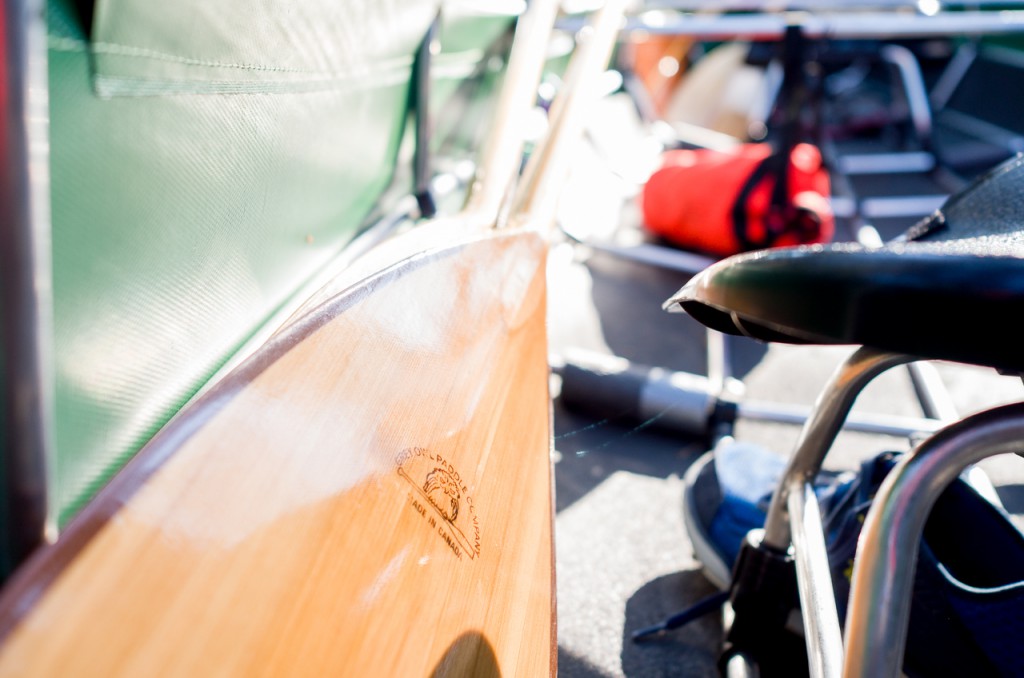
The Leica X-U does not have an EVF, nor is there a possibility to attach an external EVF. You could slide a 35mm VF in the hot shoe, but there’s no need to do so. The screen is bright enough to compose a picture, even in bright sunlight. Also, the battery is powerful enough to last long. I just had one spare battery and I never used it on week long trips.
So how is the image quality of this camera? Well, in short: it’s outstanding. It reminds me of the M240, combined with a 35/1.4. Just lovely. Sharp, lovely bokeh, lots of contrast. In fact, the raw files didn’t need much editing, since most of them were almost good to go straight out of camera. Of course a bit of tweaking is nice, but in general the files are much richer than the M240 files. The ISO is usable up to 3200 and if you really need to you can use ISO 6400. I used this camera in the outdoors, in the North during the summer. It didn’t get dark at all.
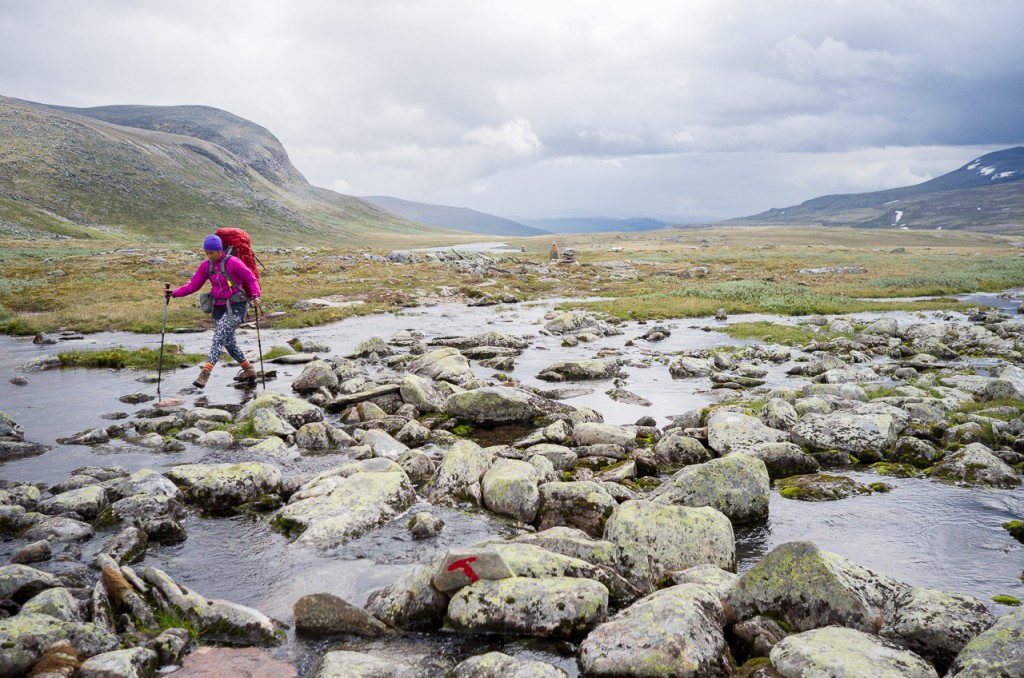
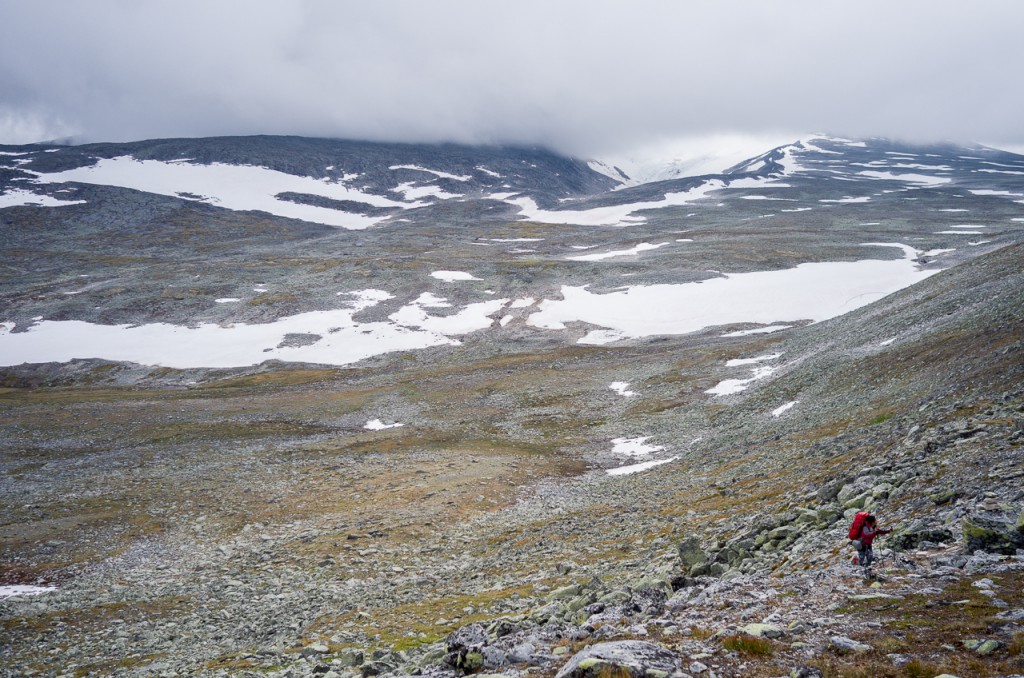
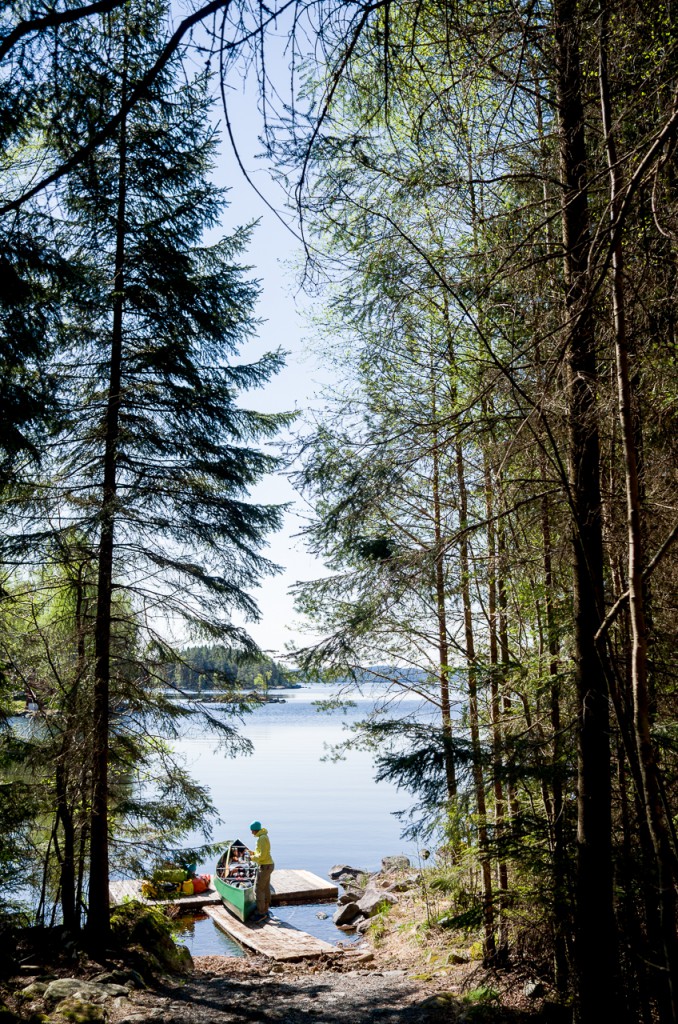
Most people will use this camera as a travel companion in extreme environments. The question is if you really need a 1.7 lens to cover this. I didn’t. The 1.7 aperture makes the camera a lot bigger and heavier that a 2.8 lens, but there’s another thing to consider. Although I didn’t need the 1.7 to get a good exposure, I used it a lot to play with the depth of field. Would I prefer a lighter and smaller camera? Well maybe during a high intensity trekking, but I wouldn’t like to sacrifice the creative advantages the 1.7 lens gives me. So, yes, Leica did think this through.
Leica gave me the floating strap to prevent camera loss during our canoe trips. I think this is a brilliant addition for anyone who is moving in or on water a lot. If you lose your camera, it will keep off the bottom of the lake and because of the bright orange color, you should be able to find it.
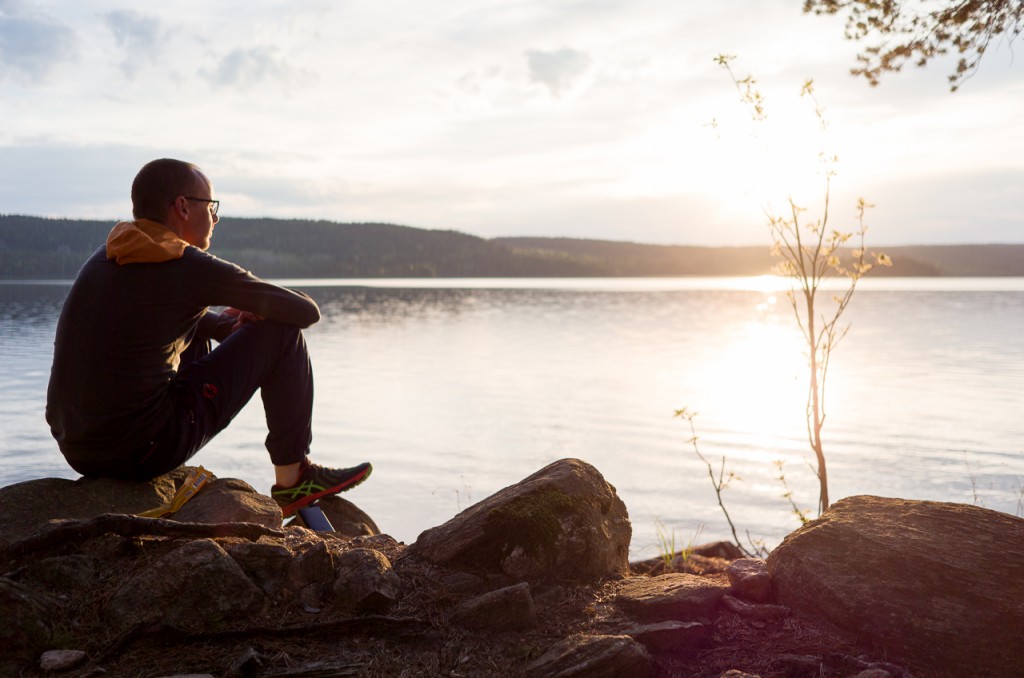
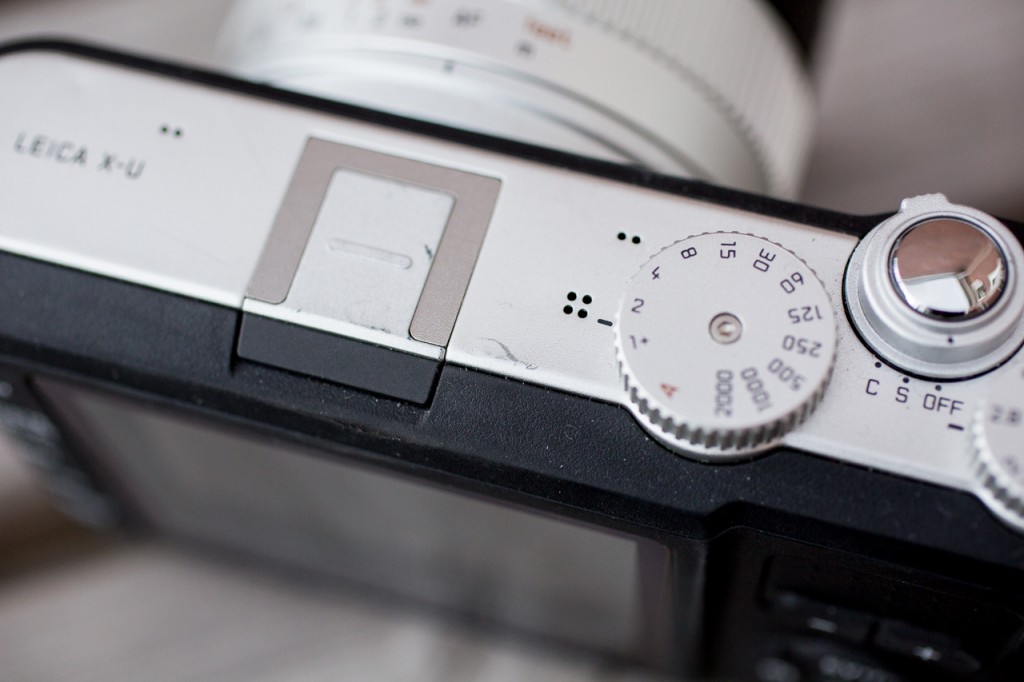
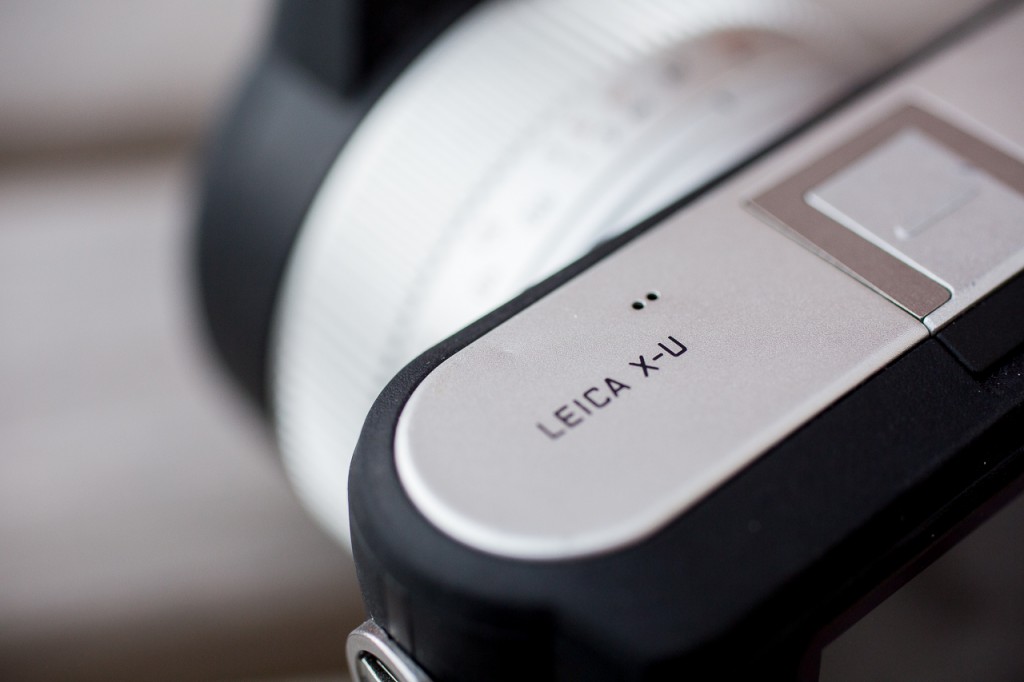
In conclusion, I think the Leica X-U is the best camera on the market for serious outdoor enthusiasts. If you need a great quality camera that you can take anywhere in any circumstance, this is the camera you want. I cannot stress enough that not having to put this camera in a bag, makes all the difference. When it gets tough outside, you’ll only take pictures if it’s very, very easy to do so. And with the X-U you can. If you can live with the fixed focal length and the slightly bigger weight and volume of a normal point and shoot camera, the X-U won’t disappoint.
Thanks Leica, thanks Transcontinenta and a very special thanks to Dennis!
